Sneak peek: Understanding your child’s growth spurt might just give some meaning to your child’s crankiness. P.S. It’s helpful for older kids too!
I was just telling our pediatrician what a cute, special age 4 is at my son’s checkup. It’s an age when you are past most of the tantrums and the challenging stage of toddler development is starting to pass. They are inquisitive and still innocent in so many ways.
Two days later…I had to eat those words.
My son seemed to regress all of a sudden to tantrum-filled 2 or 3-year-old behavior. The first few days I thought it was maybe him feeling bad because of the vaccines he received at the checkup.
Well, a few days passed and he was still cranky and any little disappointment would set him off on a fit. He got upset because I opened the car door for him instead of him doing it. He wasn’t excited about going to preschool, although normally he loves school time.
What is going on?
Then it hit me–growth spurt!
What Age Do Toddlers Have Growth Spurts?
Although he is my second child (you’d think I’d learned by now), I had totally forgotten growth spurts and growth spurt behavior. I was now remembering how periods of equilibrium and disequilibrium often send us parents on a developmental roller coaster with our children. There is actually quite a bit of writing about growth spurt behavior in 2-year-olds, 3-year-olds and even 4-year-olds (and beyond); most of which was done by psychologist Arnold Gesell. As early as the 1920s he began studying children’s development over many years. What he and his colleagues found is that children’s development tends to happen in cycles of equilibrium and disequilibrium that repeat themselves multiple times during childhood. This growth spurt timeline graphic explains it well.
Related Research: New to Child Development Research? Start Here!
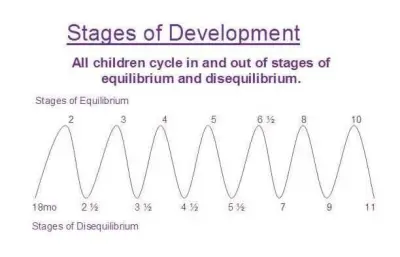
Notice, that in the first five years of life, the periods of disequilibrium happen roughly every 6 months. Yikes, that is a lot of change for little people in a short period of time. It can be difficult for them, and honestly difficult for parents too.
Although it can be difficult to deal with a cranky toddler or preschooler, I think just knowing that these periods of distress are bound to come and go is helpful. It is also helpful to know that there is a reason for these changes in mood and behavior and it gives some meaning to growth spurts.
Can Growth Spurts Affect Behavior?
As parents, I think we often tend to blame ourselves, or our parenting strategies for our children’s mood and behavior. While of course, our parenting skills do influence our children, it is also good to remember that development happens at its own course, in its own time, and in its own way, often without much control on our part. The folks from the Gesell Institute describe it this way,
“These rhythmic sequences make sense. They compose the process through which growth is achieved—not by addition, bit by bit, nor by a smooth homogenous enlargement, like an expanding balloon. Growth combines integration and differentiation…[it is] a patterning process involving varied alternatives in varying prominence. The process itself is inconceivably complex, but the underlying principle is readily understandable.”
The beautiful thing about this pattern of development is that after a period of disequilibrium, a new skill or task is often clearly evident in our children. In young toddlers, it might be the ability to walk; in older toddlers, it might be a new understanding of pretend play. Only then, after the toddler growth spurts, do you understand what your child was struggling with in his/her development and the meaning of the growth spurt.
**This post contains affiliate links. Thanks for supporting this blog (at no extra cost to you!).
I think we as adults can appreciate this type of development in our lives. Have you ever been struggling to learn a new skill? Perhaps you are learning to play the piano or learning a new dance, or even just struggling to understand a new idea introduced in a class. Your brain is frustrated, you think about this new skill all the time, you practice and you just cannot seem to master it. Then, you wake up one day and all of a sudden, you have mastered the task–you can play that new song on the piano or you can comprehend that new idea.
Tips for Surviving Toddler Growth Spurts
- Slow down the routine (if possible). Our little ones sense our stress all the time, but during these periods of disequilibrium, I think they feel it more. If you can slow down and spend more time just hanging out at home or reading books, it might help ease this period. You could even create a cozy “calming” corner like this one to help foster self-regulation and connection.
- Connect through play. Playing with our kids at their level can seem just like another task, but it’s a great way to connect with little ones. They can’t sit down and converse with you like an adult, but often they miss the connection if the routine is too rushed. Even if it’s just a few minutes a couple of times a day, it might help ease them through this difficult time.
- Find meaning in the growth spurt. I think it helps just knowing that the difficult time has some meaning. Most likely, your child is going through some sort of developmental leap. Often, you might not notice this leap until after this period of disequilibrium is over. If you observe closely, you will find some meaning in the chaos.
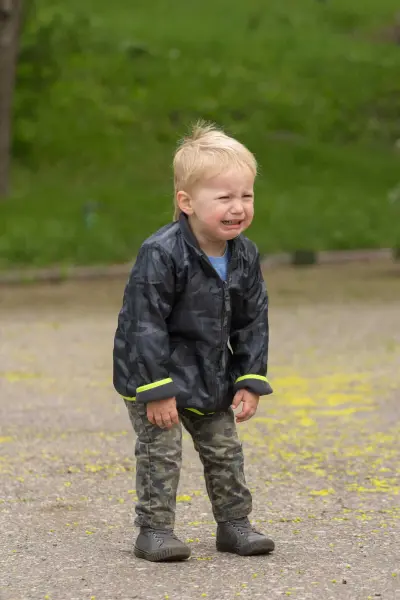
Related reading: The Developmental Benefits of Dress-Up Play
It’s a helpful reminder that development, in all its forms, is a messy, beautiful process. Our job is to be a guiding, supportive companion with our child on this journey. Wouldn’t you love to know the ages of those toddler growth spurts? Wouldn’t it be helpful to know what types of behavior to expect during childhood growth spurts or developmental leaps?
Well, I’ve done the research for you! Download your FREE Parent’s Guide to Understanding Growth Spurts to see what 2-year-old, 3-year-old, and 4-year-old growth spurt behavior to expect (and even up to age 6). Learn what to expect at times of equilibrium and disequilibrium (growth spurt) from ages 2-6. Learn how to keep your cool and “go with the flow” when those bumpy periods of development hit.

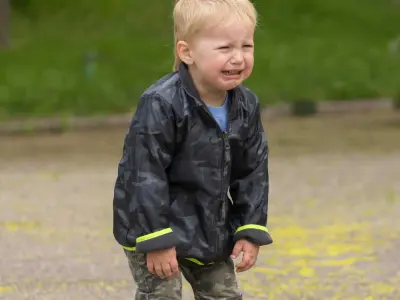

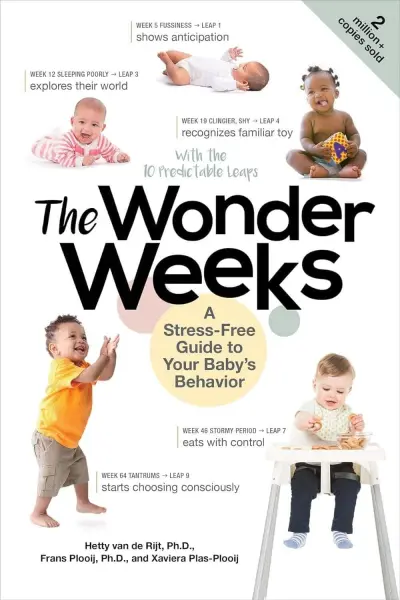
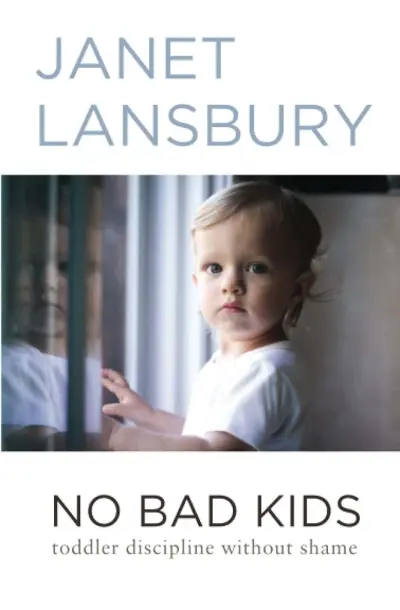
Leave a Reply